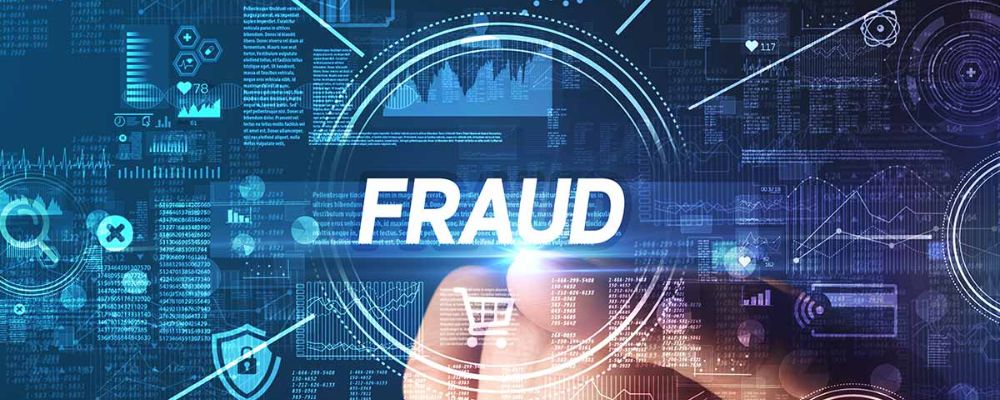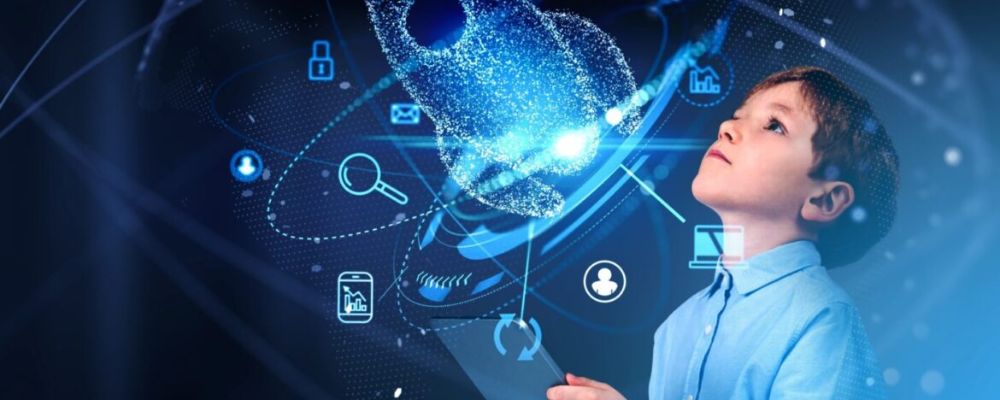
In the rapidly evolving field of Artificial Intelligence (AI), Reinforcement Learning (RL) stands out as a pivotal technique driving innovation across industries. This blog delves into the nuances of reinforcement learning, exploring how AI agents use this powerful approach to learn and adapt, ultimately mastering new skills.
What is Reinforcement Learning?
At its core, Reinforcement Learning is a type of machine learning where agents learn by interacting with their environment. Unlike supervised learning, which relies on labeled data, RL agents learn by trial and error, receiving feedback in the form of rewards or penalties. This feedback loop enables the agent to develop strategies that maximize cumulative rewards over time.
Key Components of Reinforcement Learning
- Agent: The learner or decision-maker.
- Environment: The external system with which the agent interacts.
- State: A representation of the current situation in which the agent finds itself.
- Action: The decisions or moves made by the agent.
- Reward: Feedback received after an action is taken.
- Policy: A strategy used by the agent to determine the next action based on the current state.
- Value Function: A prediction of future rewards, helping the agent evaluate the long-term benefits of an action.
Understanding these components is crucial for developing effective reinforcement learning models, as they guide the agent’s learning process.
How AI Agents Use Reinforcement Learning to Master Skills
AI agents rely on RL to autonomously learn complex behaviors and solve challenging problems. Here’s how:
- Exploration vs. Exploitation: The agent must balance between exploring new actions and exploiting known rewarding actions. Effective RL strategies manage this trade-off, allowing the agent to discover the most optimal path over time.
- Trial and Error Learning: By engaging in a continuous process of trial and error, the agent gradually refines its decision-making policy. Over time, this leads to the mastery of tasks that would be impossible to program explicitly.
- Dynamic Environments: RL is particularly well-suited for environments that are constantly changing. As the environment evolves, the agent adapts its strategies, ensuring that it remains effective even in the face of uncertainty.
Real-World Applications of Reinforcement Learning
Reinforcement learning is not just a theoretical concept; it’s being applied in various fields to achieve remarkable results:
- Gaming: RL has revolutionized gaming, with AI agents mastering games like Go, Chess, and Dota 2, surpassing human capabilities.
- Robotics: Robots use RL to learn tasks such as object manipulation, navigation, and even complex operations in unstructured environments.
- Healthcare: In healthcare, RL is used to develop personalized treatment plans, optimize resource allocation, and improve patient outcomes.
- Finance: Financial institutions employ RL to create robust trading algorithms, manage portfolios, and detect fraud.
The Future of Reinforcement Learning
The potential of reinforcement learning is vast, with ongoing research aimed at overcoming current limitations. Key areas of focus include:
- Scalability: Developing RL models that can operate efficiently at scale, handling large and complex environments.
- Safety: Ensuring that RL agents behave safely, particularly in critical applications like autonomous driving and healthcare.
- Generalization: Creating agents that can generalize learned skills across different tasks and environments, making them more versatile.
Conclusion
Reinforcement Learning is transforming the AI landscape by enabling agents to master new skills through continuous interaction with their environments. As this technology advances, its applications across industries will only grow, paving the way for more intelligent and adaptive systems. By leveraging Reinforcement Learning, businesses can stay at the forefront of innovation, driving efficiency and effectiveness in their operations.






